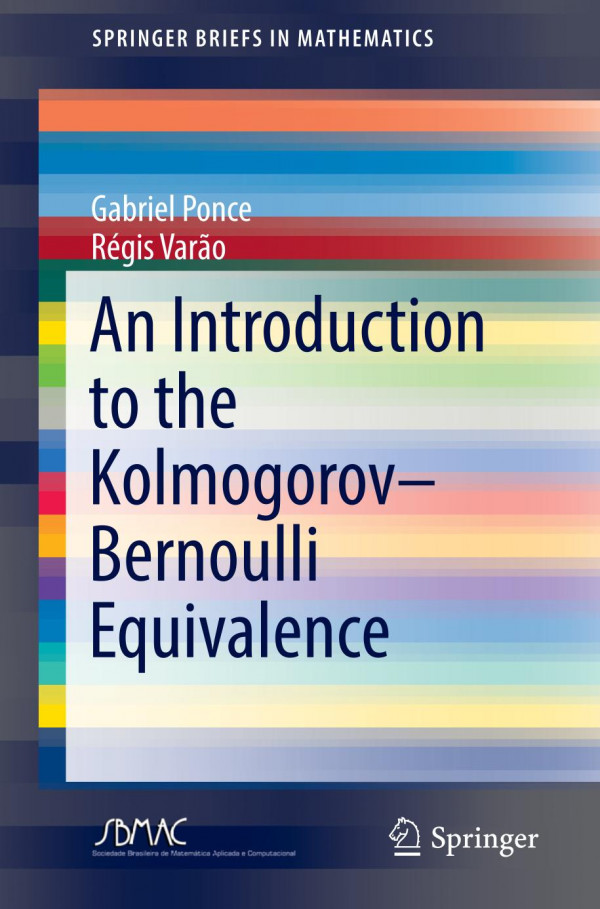

Most ebook files are in PDF format, so you can easily read them using various software such as Foxit Reader or directly on the Google Chrome browser.
Some ebook files are released by publishers in other formats such as .awz, .mobi, .epub, .fb2, etc. You may need to install specific software to read these formats on mobile/PC, such as Calibre.
Please read the tutorial at this link: https://ebookbell.com/faq
We offer FREE conversion to the popular formats you request; however, this may take some time. Therefore, right after payment, please email us, and we will try to provide the service as quickly as possible.
For some exceptional file formats or broken links (if any), please refrain from opening any disputes. Instead, email us first, and we will try to assist within a maximum of 6 hours.
EbookBell Team

4.7
26 reviewsThis book offers an introduction to a classical problem in ergodic theory and smooth dynamics, namely, the Kolmogorov–Bernoulli (non)equivalence problem, and presents recent results in this field. Starting with a crash course on ergodic theory, it uses the class of ergodic automorphisms of the two tori as a toy model to explain the main ideas and technicalities arising in the aforementioned problem. The level of generality then increases step by step, extending the results to the class of uniformly hyperbolic diffeomorphisms, and concludes with a survey of more recent results in the area concerning, for example, the class of partially hyperbolic diffeomorphisms. It is hoped that with this type of presentation, nonspecialists and young researchers in dynamical systems may be encouraged to pursue problems in this area.